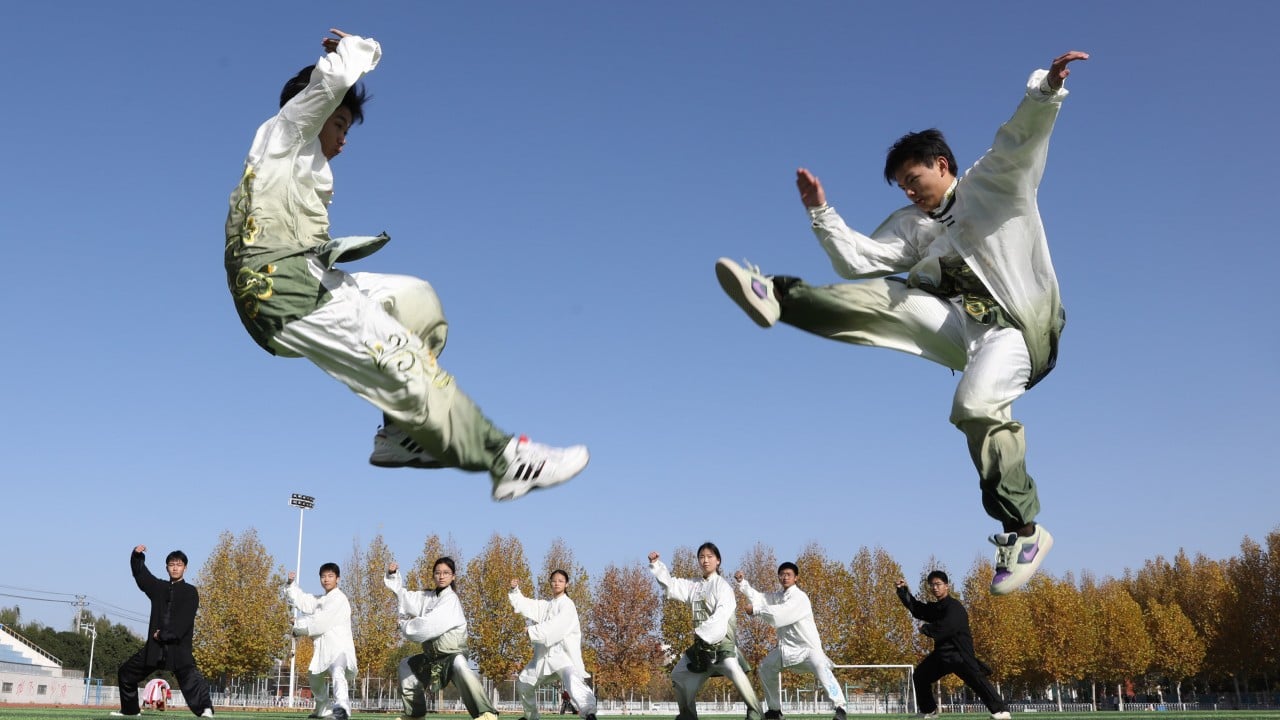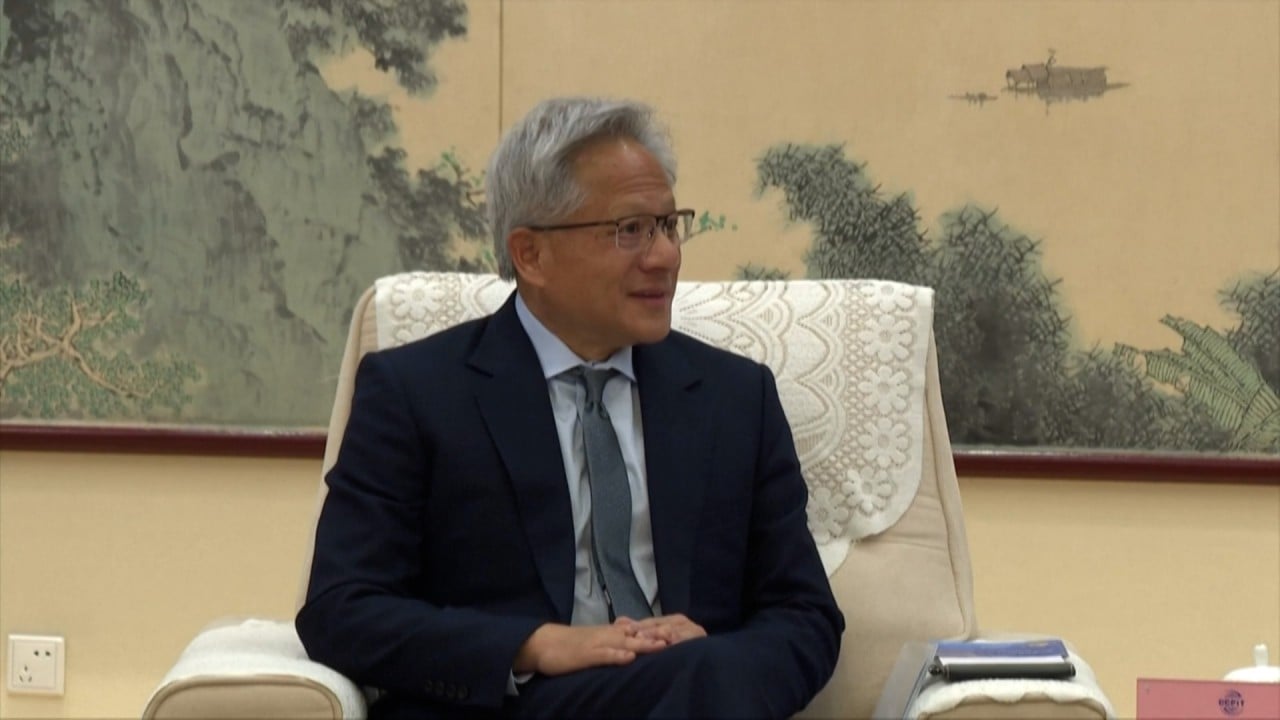Relying on brute strength has never been the Chinese way of fighting. A smaller fighter with superior inner balance and core strength can overcome a larger opponent. As China faces an escalating economic war with the United States, this ancient wisdom also applies.
Advertisement
Beijing is not eager to negotiate and is not under any illusion that the tariff war with Donald Trump’s America will end soon. The Chinese leadership now recognises that unlike the trade disputes of Trump’s first term, America’s strategic goal now is not merely trade rebalancing but the systematic strangling of China’s economic rise.
If narrowing the trade deficit were the US objective, the solution would be easy. The United States does have products that China is eager to buy. Semiconductors, cars and machinery have long been key American exports to China.
In 2022, semiconductor sales reached US$12.1 billion, making China the biggest buyer of US chips, accounting for a quarter of America’s total exports in that sector. But rather than capitalising on this demand, the US has moved in the opposite direction – imposing increasingly strict export controls, particularly on advanced technology. By 2023, semiconductor exports to China had already dropped to US$10.2 billion, a direct consequence of Washington’s restrictions.
China is digging in for a long fight. In the near term, it could use fiscal stimulus to mitigate the impact and buy time. But the real key is for it to resolve its own economic weaknesses. Chief among them, I believe, is the fragmentation of China’s domestic market.
To understand this, let’s go back some 16 years ago.
Advertisement


